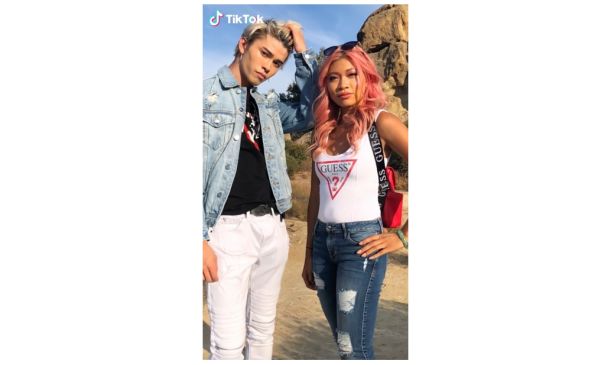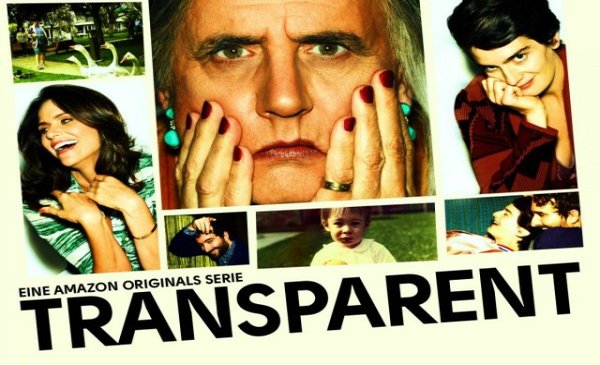Despite all of the privacy controversies surrounding online platforms, the share of US adults using social media, including Facebook, is mostly unchanged versus last year, according to a Pew Research study. Nearly 80% users between the age of 18 and 29 engage with Snapchat and Instagram every day, with 68% and 60% respectively saying they use it multiple times a day. In China, nearly all users access the internet via mobile devices, with much of their time devoted to WeChat—in fact, about 40% of WeChat users spend between one and four hours a day on the app.
As established platforms become more mature, they’re looking for new ways to engage with consumers via enhanced, immersive shopping experiences and creative tools. While one might argue that it is in the platforms’ best interest to engage users for longer periods of time, many users are realizing the negative side-effects that come with keeping up appearances on social networks, like heightened anxiety and depression. Users still want to connect, but in ways that are complimentary to desires around mindfulness and well-being.
A trend report from JWT Intelligence provides three areas where platforms are doing better to meet (and try to exceed) customer expectations. It’s wise for brands to stay savvy about growing new ways to connect with customers before playbooks are developed and best practices are known – it can be a fantastic way to test new ideas and break away from the competition.
1. Social Enrichment
With many platforms offering brands ongoing new tactics for reaching customers, the original intent of the social platforms (to provide ways that connect people) can get lost. Here are two examples of platforms going back to their roots to facilitate connections.
- Snap launched Bitmoji party, a multi-player game that allows users to play live games with their own avatars inside the app. “We wanted to build something that makes us feel like we’re playing a board game with family over a long holiday weekend,” said Will Wu, Snap’s director of product, at the company’s Partner Summit. “Something that makes us feel like we’re sitting with friends, controllers in hand, looking at the same screen.”
- Feiliao (FlipChat) was launched by ByteDance, the parent company of TikTok, calling it an “interest-based social media app” offering a more targeted resource for social interaction as an alternative to WeChat.
2. Social Shopping
China is where it’s at for examples of how social apps are reimagining what it means to do eCommerce. By fusing commerce with social tools, brands have new opportunities to foster communities, generate content and create myriad ways to engage.
- Xiaohongshu (Little Red Book) is one of the faster growing apps for discovering products and brands. While it was launched as a platform for advice on duty-free shopping, it’s expanded into a user-generated content hub for fashion and beauty tips and reviews. But brands and influencers work within strict posting guidelines to protect the integrity and trust with the platform.
- Depop (Pictured) is growing in popularity with Gen Z. Last month, they raised $62 million in Series C funding and plans significant expansion, expecting to reach 15 million people in the US. Depop is comprised of bedroom entrepreneurs that buy and resell handmade or thrifted clothing on their profiles, building a following that’s based on their personal style.
3. Creative Inspiration
With much of our digital world driven by algorithms, some platforms are emerging to offer spaces where self-expression and creativity can flourish without judgment.
- VSCO was launched as a photo/video editing platform that has removed upvoting and validation, encouraging everyone to “fall in love with their own creativity.” It’s getting a surge in popularity from Gen Z as they are looking for an alternative to Instragram and the social pressures that come with wanting to be perfect on that platform. VSCO’s Vice-President of product, Allison Swope, says, “The younger generation are very smart, they are very perceptive, and they actually value their mental health and their overall wellness, and they know what serves them. People don’t feel a pressure when they share on VSCO and it’s a thing that they value very deeply, in addition to the quality of the tools.”
- Instagram is rolling out an AR toolkit for users. The SparkAR feature will allow virtually anyone to create their own AR filters for their Instagram. Other users can access the filters by following the creators. The result is an entirely different look from those that can be found on rival Snapchat.
While there is an argument to be made that these platforms are connecting us but we are not connecting, ironically they are helping us learn what consumers want, need and expect.
The Blake Project Can Help: Content Strategy Workshop
Branding Strategy Insider is a service of The Blake Project: A strategic brand consultancy specializing in Brand Research, Brand Strategy, Brand Growth and Brand Education




